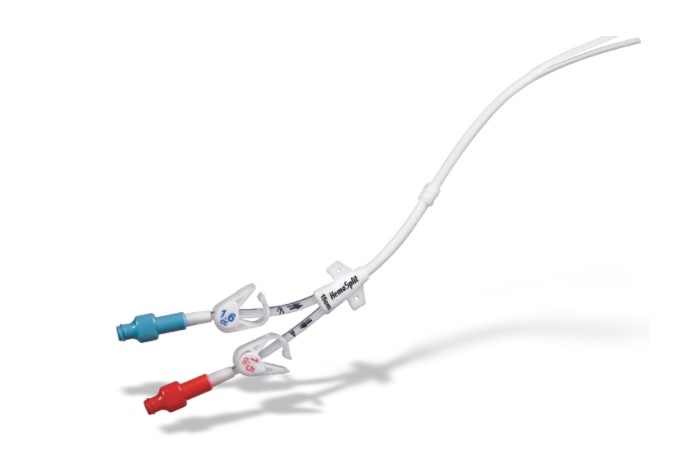Manufacturer > BD > Devices > HemoSplit™ and HemoSplit™ XK Catheter with AirGuard™ Valved Introducer
HemoSplit™ and HemoSplit™ XK Catheter with AirGuard™ Valved Introducer
Device-Type
Dialysis Catheter
Manufacturer
BD
The HemoSplit™ and HemoSplit™ XK Catheter with AirGuard™ Valved Introducer are made of radiopaque polyurethane and allow for flow rates as high as 500 ml/min. The catheter shaft is divided internally into two seperate lumens by a septum allowing hemodialysis without the use of "single needle" system. The catheter comes with a white retention cuff for tissue ingrowth to anchor the catheter.
Features and Benefits
Safety informations
Potential adverse events
Device Documents
Questions & Answers
×

